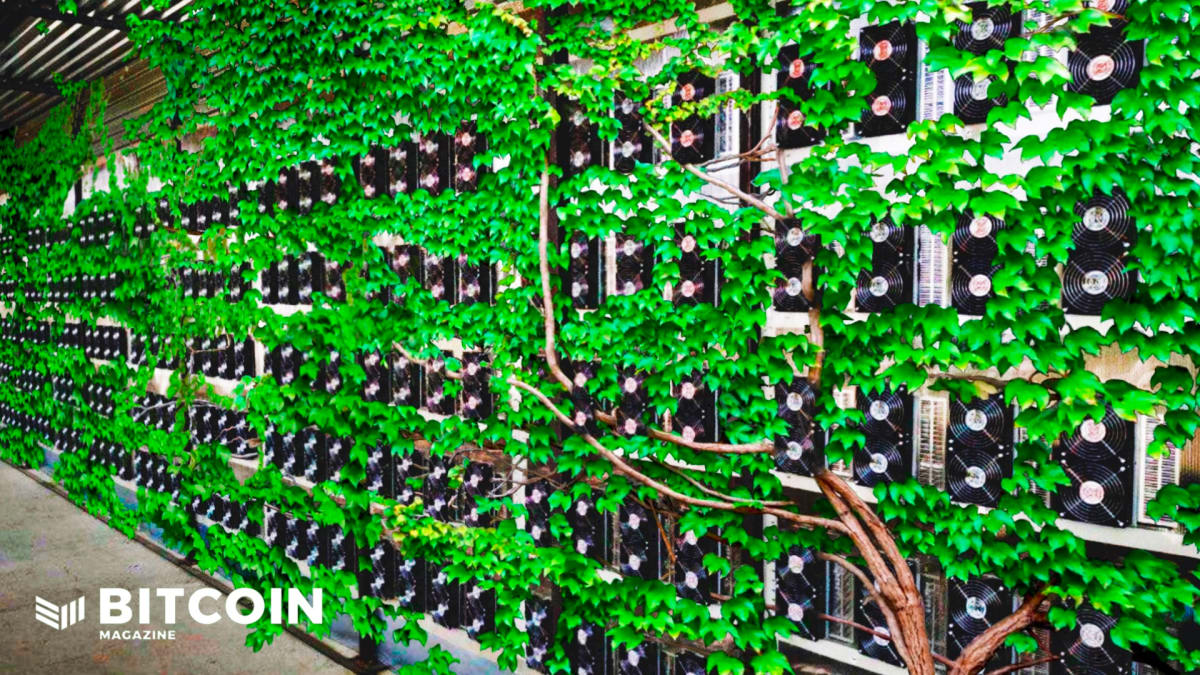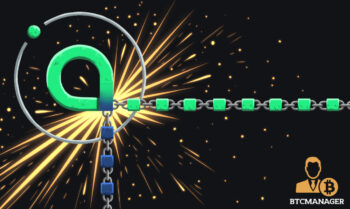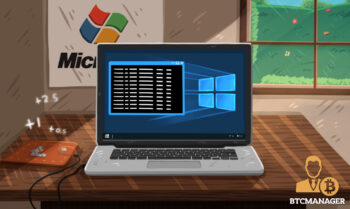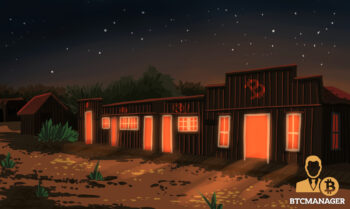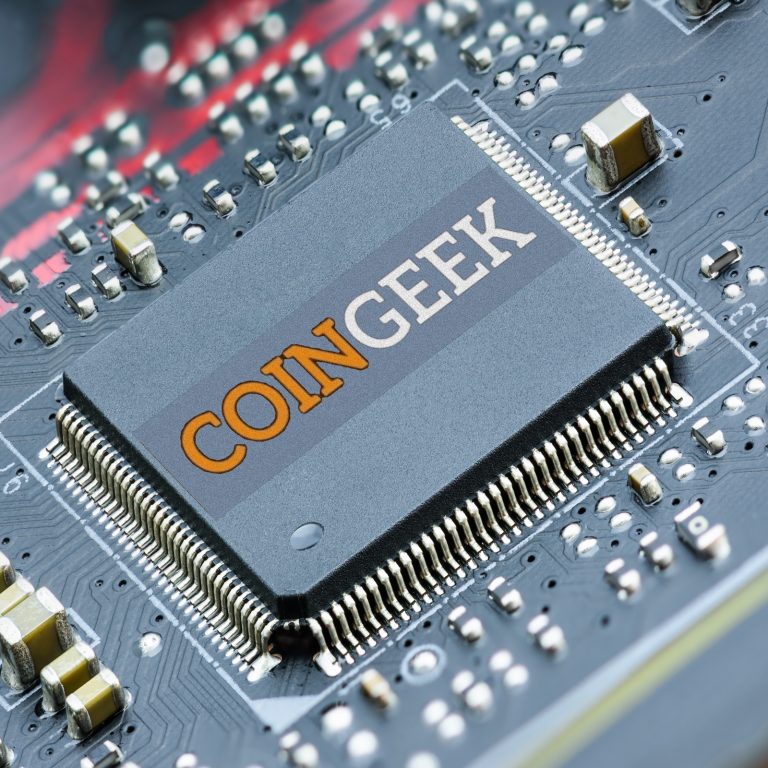2018-11-7 00:01 |
As you probably know, the Bitcoin network is maintained by a decentralized web of Bitcoin miners. These miners use their computational resources to verify blocks of transactions and are rewarded for their service with newly minted Bitcoins. But how long does it take to mine 1 Bitcoin?
The Short AnswerThe short answer is that there is no way to accurately predict how long it will take for an individual miner to mine 1 Bitcoin. This is because Bitcoin mining is not just about the amount of time invested in the process; it’s about outcompeting other miners.
Bitcoin’s Proof-of-Work (PoW) mining algorithm requires miners to race against one another to solve an extremely complex computational puzzle. The first miner to solve the puzzle gets to add a new block to the blockchain and receives a Bitcoin reward. Only one miner can be successful in validating each block, meaning only one miner gets the reward.
Due to the competitive nature of the process, there is no guarantee that a specific miner will ever be able to successfully mine a new block, particularly if they do not have the computational resources necessary to beat out other miners. Making the calculation more complicated, the reward for successfully mining a block is currently 12.5 Bitcoins — not 1. Consequently, there is no definitive way of saying how long it would take an individual miner to mine 1 Bitcoin.
The Long Answer Bitcoin Mining CompetitionThe length of time it will take an individual miner to mine a Bitcoin is dependent on the miner’s computational resources compared to the competition. If the miner in question has dozens of the most powerful Bitcoin mining hardware devices available, then they might be able to add a new block within their first day of mining. New blocks are added every 10 minutes; so there is no shortage of chances to be the lucky miner.
If, however, the miner in question does not have specialized mining hardware, then it is unlikely they will ever be able to successfully mine a block. Those who possess the most computational power (otherwise referred to as hashing power) stand the best chance of solving the block and winning the 12.5 BTC reward. Casual miners therefore have little chance to beat out large-scale mining operations.
Back in the early days of Bitcoin, it was possible to use a basic GPU device to mine successfully. Essentially, this gave everybody a fair chance, as the underlying costs of mining were ultra-low.
However, as the Bitcoin phenomenon spread across the globe, so did the competition. This resulted in an arms race to manufacture specialized hardware devices that would outclass GPUs.
These specialized devices are known as Application-Specific Integrated Circuits — or ASICs for short. ASIC devices are able to generate significantly more hashing power than their GPU counterparts. To put things into perspective, as of August 2018, the most powerful Bitcoin ASIC on the market is the DragonMint T1, which can produce a hash rate of 16TH/s. By contrast, even the most powerful of GPU devices are limited to around 30 MH/s, which is exponentially less powerful.
The rise of ASICs wouldn’t necessarily be a problem if they were affordable. However, a powerful ASIC device like the DragonMint T1 will set you back over $2,700 — which is likely to be out of reach for most people. Large-scale mining organizations are operating not one, but dozens of these ASIC devices. As a result, the Bitcoin mining sector is now dominated by a small number of mining pools – most of which are based in China where electricity costs are ultra-low.
Source: BTC.com
As you can see from the chart above, almost 70% of all mining rewards are distributed across just five mining pools.
Suggested Reading : Learn how to buy Bitcoin here.
Joining a Bitcoin Mining PoolIf you’re still interested in Bitcoin mining, you might want to look into joining a Bitcoin mining pool. Mining pools allow people from all over the world to ‘pool’ their computational resources together to increase the organization’s total hashing power. This means that every time the mining pool is successful in winning the 12.5 BTC reward, you would receive a cut of the profits.
Rewards are distributed based upon the proportion of hashing power that you are able to contribute to the pool. For example, if you were generating 1% of the total hashing power, then you would receive a similar proportion of the pool’s earnings.
If you are thinking about joining a particular mining pool, it is also important that you conduct lots of independent research prior to taking the plunge. Although many are legitimate entities, others are less credible. Always check the terms of the mining pool agreement and ensure that the pre-defined distribution model is fair.
Although there are no hard and fast rules as to how long it takes to mine 1 Bitcoin, your odds will increase in direct correlation to the amount of hashing power that your respective mining pool is generating.
The post How Long Does it Take to Mine 1 Bitcoin? appeared first on UNHASHED.
origin »Bitcoin (BTC) на Currencies.ru
|
|
